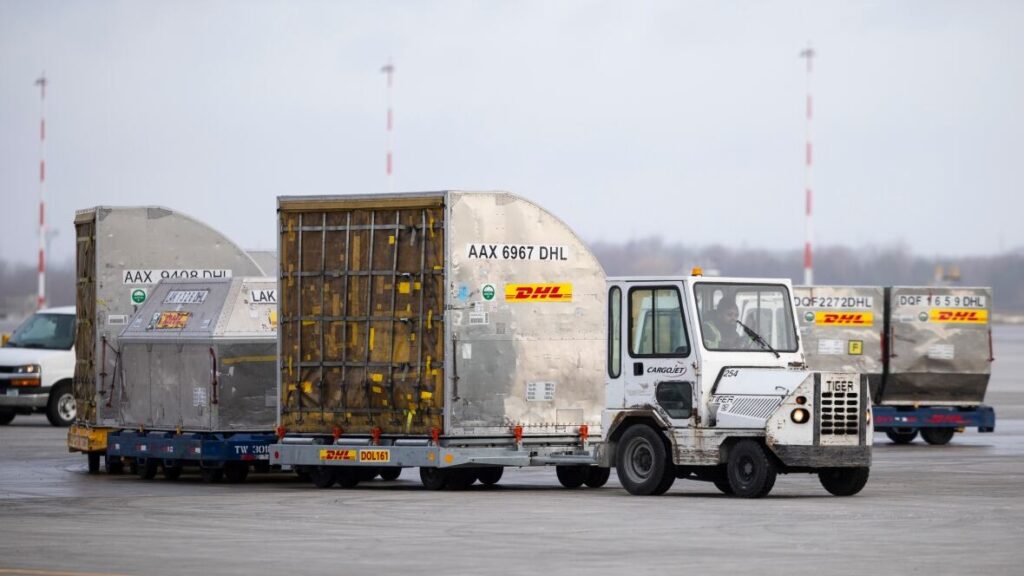
Introduction
The recent strike by DHL Canada workers has drawn significant attention to the ongoing labor disputes in the logistics sector. As delivery demand continues to rise, the conditions and rights of workers in this industry are being scrutinized. This strike not only affects DHL’s operations but also has wider implications for the logistics industry across Canada.
The Strike Begins
The strike commenced on February 15, 2023, when over 700 employees at DHL’s distribution center in Mississauga walked off the job. This action was fueled by ongoing disputes over pay, working conditions, and insufficient safety measures amid the pandemic. Workers represented by the Teamsters Canada union expressed their dissatisfaction with the management’s response to their demands for better wages and job protections.
Impact on Operations
As a result of the workers’ strike, DHL Canada has reported significant disruptions in its delivery services. Many customers have experienced delays in shipment times, leading to frustration among both businesses and individual consumers. According to DHL, roughly 30% of the deliveries in the area have been affected, and the situation is being monitored closely as negotiations continue.
Ongoing Negotiations
In the wake of the strike, both the union representatives and DHL management have expressed a willingness to resume negotiations. Meetings are expected to address core issues such as wages, health benefits, and improved working conditions. Observers have noted that successful negotiations could set a precedent for labor relations within the logistics sector in Canada, particularly in light of increasing demands due to e-commerce growth.
Conclusion
The DHL Canada workers strike represents a critical moment for labor rights in the logistics industry. As negotiations unfold, the outcome will not only impact the workers involved but could also affect labor practices and standards across the entire sector. It serves as a reminder of the importance of addressing workers’ rights in the face of rapidly changing market demands. Stakeholders are keenly watching to see how this situation develops and the potential ripple effects it may create for other logistics providers in Canada.



